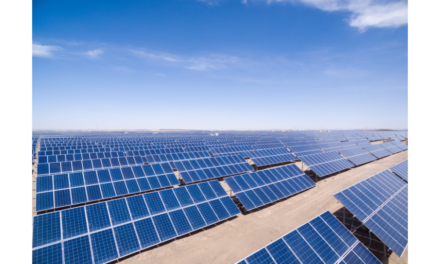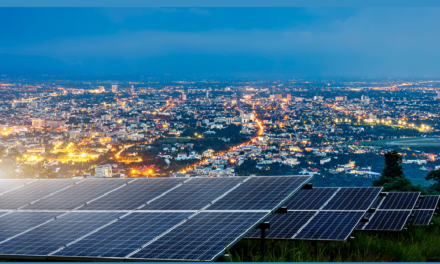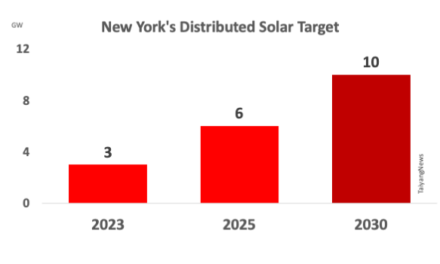- A total of $56 billion invested in clean energy in the US in 2015, up 8% YoY, according to Bloomberg New Energy Finance (BNEF)
- Over half of the investment went to solar, 21% toward wind
- Cumulative installed solar capacity reached 28 GW
- Corporate procurement of solar increased with big names joining the bandwagon
The US invested a cumulative $56 billion on clean energy in 2015, with just over half of all new investment ($30.2 billion) directed towards solar. The US solar industry also happened to be the fastest growing among all renewable energy technologies in the US, growing 60% annually since 2008, touching a total installed capacity of 28 GW. Renewalbes reached 222 GW, including large hydro, making up 20% of US generation technology at the end of 2015. The analysis if from the 2016 Sustainable Energy in America Factbook by Bloomberg New Energy Finance (BNEF) for the Business Council for Sustainable Energy (BCSE), which is the fourth edition of the report that was first published in January 2013.
Record year for distributed solar PV
Out of the total 16.4 GW of clean energy installed in 2015 in the US, 7.3 was PV. This is a 13% increase from 2014. Of the 7.3 GW, utility scale PV added 4.4 GW and distributed PV generation 2.9 GW. 2015 was a record year for distributed solar PV in the country, in both residential and commercial sectors. The cumulative installed capacity of distributed PV capacity in the US now exceeds 11 GW. The report points out that utility scale PV began to level off in 2015. In terms of corporate procurement of clean energy, solar went up from 0.3 GW in 2014 to 1.1 GW in 2015, thus quadrupling its volume – with the largest corporate buyers including Google, Amazon, Facebook and Apple.
Incentives crucial
Along with falling prices of solar PV modules pushing solar PV forward, according to the report, regulatory mechanisms as critical policy supports announced like the Clean Power Plan (CPP) or America’s Intended National Determined Contribution (INDC), extension of the Investment Tax Credit (ITC) and other state led policies will continue to push the clean energy sector forward.
Distributed storarge starting
Stationary storage, especially behind-the-meter storage has grown in popularity among commercial and industrial players in California, Hawaii and New York – that’s states where utilities set high demand charges. Some storage projects are supported by subsidies, like the Self- Generation Incentive Program in California, which offers $1.46/W for a storage system and has incentivized the installation of 119 projects, or 2.4 MW of commercial storage in the state. However, the economics for residential distributed storage have been less favorable, because net metering and lack of time-of-use tariffs limit its economic case. On the other hand, utilities like Southern California Edison, Con Edison, and the Hawaiian Electric Company have begun to explore distributed storage solutions.














